Lisbon Themed Tours That Locals Actually Love | 2025
Last updated on August 16, 2025 at 13:37:34
Dawn ritual, apartment 3B, Alfama district: Each morning at precisely 7:15, my son Theo performs his self-appointed duty tallying yellow trams as they navigate our narrow street. His current record: nineteen before his morning pastry. What escapes his five-year-old perception: the steady exodus of Portuguese neighbors, their apartments converted to holiday rentals faster than he can count while visitors arrive for Lisbon Themed Tours that now define the rhythm of our neighborhood.
Fourteen months have passed since our family exchanged Brighton’s pebbled shores for Lisbon’s cobbled hills. We convinced ourselves we were different from the tourist masses—we studied Portuguese, befriended locals, embraced the culture. Yet we remain threads in the fabric that’s unraveling this extraordinary city.
The mathematics are devastating: housing costs skyrocketed 176% while wages crawled upward by mere percentage points. Central districts now dedicate three of every five properties to temporary visitors rather than permanent residents.
This morning delivered my awakening. Senhora Alves, my upstairs neighbor since 1974, missed her cardiology appointment. Tourist vehicles had created an impenetrable barrier outside our building. Watching tears streak down her weathered face while visitors photographed our “charming” street scene shattered my comfortable delusions.
Here’s what travel influencers won’t reveal: Behind Lisbon’s photogenic facades lies a city in crisis. Workers inhabit rooms in shifts because even shared accommodations exceed monthly salaries. Families scatter to distant suburbs while their ancestral neighborhoods transform into entertainment districts. Yet tourism pumps €8.83 billion into Portugal’s economy, sustaining countless livelihoods.
The paradox seems unsolvable—visit and contribute to displacement, or stay away and cause economic collapse.
There exists a third path. Through eighteen months of careful observation and countless conversations with those who’ve called Lisbon home for generations, I’ve identified seven approaches to experiencing this magnificent city that nurture rather than damage its communities. Consider these not mere itineraries, but acts of cultural preservation.
Essential Context: The Numbers Behind the Beauty
Before exploring, internalize these statistics your guidebook omits:
- Salary versus shelter: Monthly wages average €850; monthly rents demand €1,500
- The evacuation: Central Lisbon lost 25% of residents in a single decade
- Homeless employed: 3,378 individuals sleep outdoors, including full-time workers
- Delayed independence: Portuguese children remain home until 33.6 years—Europe’s oldest
- Foreign inflation: International property buyers pay 82% above local rates
- System strain: Official tourism complaints surged 22% year-over-year
Knowing these facts changes how you will handle the experiences that lie ahead.
Journey One: The Dawn Tram Doctrine of Lisbon Themed Tours
Investment of time: 4 hours | Financial commitment: €3 | Critical timing: 8:30am exactly | Community impact: Moderate
That iconic yellow tram gracing countless postcards? It’s morphed into a symbol of tourism’s triumph over functionality. Tram 28 transports 3.5 million bodies annually—seventy percent tourists, thirty percent increasingly frustrated locals.
I documented the disaster yesterday: Between 10-11am at Martim Moniz, 312 visitors boarded while four residents barely squeezed aboard. An elderly man requiring medical attention simply gave up, defeated by the tourist wall.
The revolutionary approach:
Position yourself at Jardim da Estrela at 8:30am. Not approximately—exactly. Pre-9am passenger volume decreases by two-thirds, creating space for authentic coexistence. You’ll observe Lisbon awakening: bread trucks delivering tomorrow’s breakfast, grandmothers exchanging neighborhood intelligence, schoolchildren racing against church bells.
Disembark at Portas do Sol, then immediately escape the photographing masses. Descend Beco das Cruzes to discover António’s café, where earthquake survival stories accompany €0.80 espressos. No tour company offers this authenticity.
Uncomfortable fact: Boarding Tram 28 during standard tourist hours actively displaces residents from their transport system. Choose your timing carefully.
Journey Two: Sunset Salvation at the Viewing Points
Investment of time: 3 hours | Financial commitment: €25 | Critical timing: Post-7pm summer | Community impact: Minimal
Three Saturdays past, a local woman erupted in justified rage at our family. We’d joined the afternoon congregation at Senhora do Monte, adding to the daily chaos that’s forced longtime residents from their homes. Her grandmother’s apartment sits behind this selfie altar, enduring endless noise, litter, and public indecency.
Statistics validate her anger: Lisbon’s viewing terraces absorb 4.2 million annual visitors. Noise complaints from these zones increased 67% in twenty-four months. Adjacent property values jumped so dramatically that original residents can’t afford their own streets.
The evening solution:
Arrive after 7pm. Tourist battalions retreat to hotels. Portuguese families emerge for evening strolls. Golden hour transforms into blue hour. You participate in neighborhood life rather than disrupting it.
Last week at Santa Luzia, we shared space with three local families enjoying the cooling breeze. João, the resident saxophonist since 1992, played for joy rather than coins. Tourist requests for pop songs met polite silence.
Supply yourself at Mercearia Castelo, operating since 1962. Teresa recently absorbed a 400% rent increase. Your €15 minimum purchase matters. Pack out everything. Leave only gratitude.

Journey Three: Fado’s Final Stand
Investment of time: 4 hours | Financial commitment: €30-50 authentic, €180 artificial | Critical timing: Tuesday-Thursday 9pm | Community impact: Severe
UNESCO’s 2011 designation accelerated fado’s transformation from communal expression to commercial product. Among Lisbon’s 142 registered fado establishments, merely 31 primarily employ Portuguese performers. The remainder peddle sanitized sorrow to comfortable audiences.
We learned expensively: €180 at a highly-rated venue bought us theatrical melancholy with wine pairings. Rehearsed emotion. Translated pain. Culture performing itself for foreign consumption.
Then we discovered Tasca do Chico—no website, no mercy, no translation.
The exploitation exposed:
- Tourist establishments: €50-75 admission, performers receive 12%
- Neighborhood venues: €5-15 total, artists retain 65%
- Traditional spaces shuttered since 2019: 27
- Hotel fado singer monthly income: €900
- Local bar performer earnings: €1,800 (primarily tips)
When António performs at Tasca do Chico, recounting his brother’s drowning through song, language becomes irrelevant. Sorrow transcends translation. Tourist phones attempting capture meet unified hostility. This isn’t performance—it’s collective healing.
Authentication method: Genuine fado venues lack pictorial menus. Real fado wounds. Entrance requires reverence, not reservations.
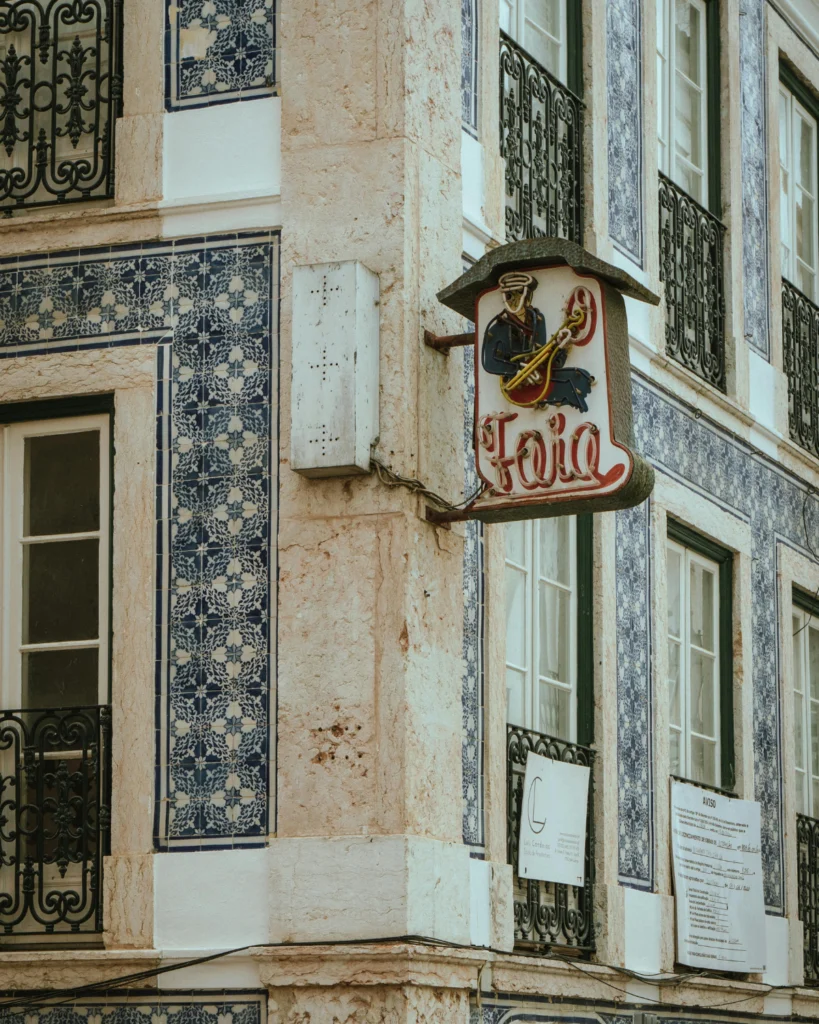
Journey Four: Museum Sanctuaries Beyond Tourism’s Reach
Investment of time: 6 hours | Financial commitment: €10-14 | Critical timing: October-March | Community impact: Negligible
October’s deluge—42 millimeters in six hours, unprecedented since 1985—revealed hidden refuges: museums where Portuguese citizens still seek contemplation rather than content.
The Gulbenkian received 487,000 annual visitors. Sounds overwhelming? Paris’s Louvre processes that volume monthly. Here, elderly Portuguese couples debate acquisitions in whispered conferences. Students sketch undisturbed for hours. Commerce hasn’t conquered culture yet.
Preservation metrics:
- National Tile Museum attendance: 147,000 (Castle: 2 million)
- Tourist museum engagement: 47-minute average
- Portuguese visitor engagement: 2.3 hours
- Café local sourcing: 73%
- Resident workshop allocation: 60%
Master artisan Joaquim, practicing since 1956, taught Theo traditional glazing techniques last month. His grandson abandoned the craft for airport employment—”Heritage doesn’t cover rent.” Tourist workshop fees enable free neighborhood children’s sessions. That’s cultural reciprocity.
MAAT offers contrast: €20 million architecture compensating staff at minimum wage. Visit during free first Sundays when Portuguese families reclaim their waterfront.

Journey Five of Lisbon Themed Tours: Coastal Resistance
Investment of time: 8 hours | Financial commitment: €5-10 transport | Critical timing: Weekday off-season | Community impact: Severe
“The ocean remains public, but the beach got privatized,” Pedro explained, instructing Theo in wave reading at Carcavelos. His family’s three-generation beach operation closed last year. The land commanded €3.7 million. Its successor charges €18 for photographable breakfast bowls.
Beach economics exposed:
- Traditional beach businesses eliminated since 2019: 31
- Service price explosion: 240%
- Portuguese family beach budget 2019: €25
- Identical experience 2024: €75
- Cascais beachfront under foreign control: 67%
Costa da Caparica maintains defiance. The Transpraia railway—€10 unlimited beach access—remains authentically Portuguese beyond stop 15. No artisanal anything. No translated menus. Just traditional sandwiches, domestic beer, and families protecting inherited territories.
Bar Waikiki’s proprietors reject million-euro proposals. “What would millions accomplish?” José questions. “Transform me into a customer at my own beach?”
Beach ethics: Boycott establishments charging €20+ for shade. Purchase local umbrellas (€12) and donate them to Portuguese families upon departure. Simple gestures create lasting connections.
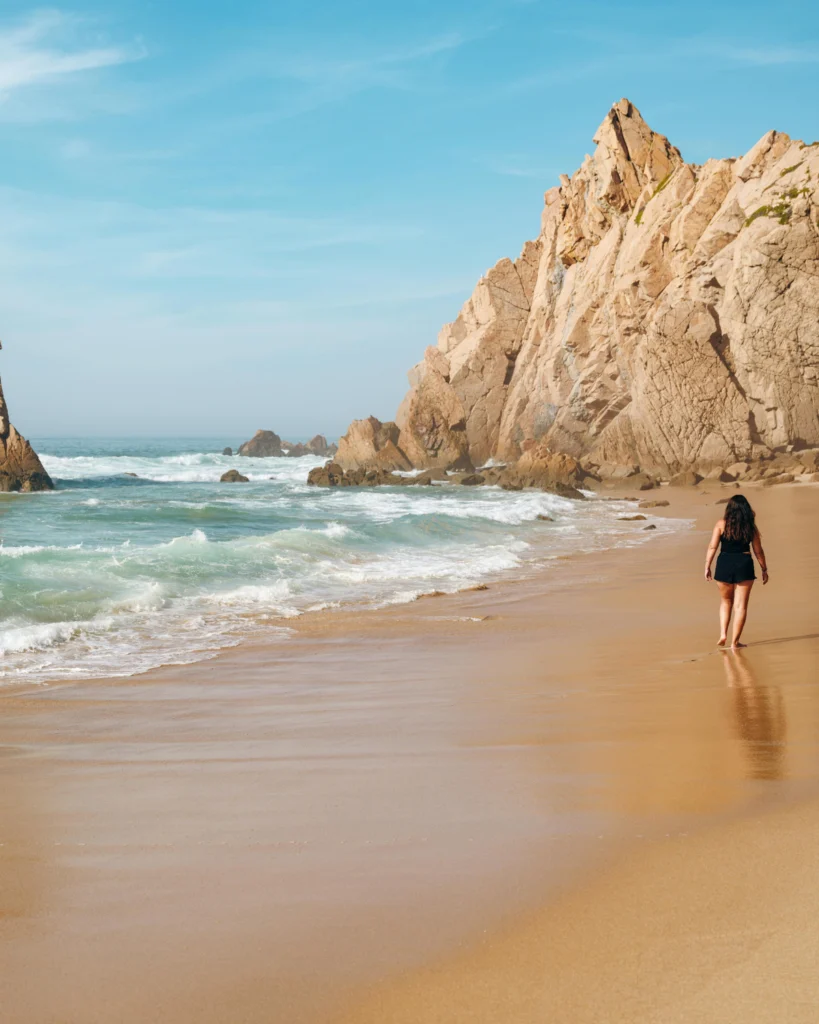
Journey Six: The Sweet Exploitation Circuit
Investment of time: 8 hours | Financial commitment: €40-60 | Caloric toll: 3,400 | Ethical weight: Considerable | Community impact: Moderate
Pastéis de Belém manufactures 20,000 custard tarts daily. Three recipe keepers earn €90,000 annually. The workers producing them? €705 monthly—beneath subsistence level.
This encapsulates Lisbon’s tourism paradox: Instagram perfection concealing systematic exploitation.
Food economy revealed:
- Time Out Market stall rents: €8,000-15,000 monthly
- Vendor profit margins: 11%
- Authentic Portuguese restaurant ownership: 34%
- Food workers requiring roommates: 67%
- Tourist gratuity average: €0.47
Abandoning these establishments hurts workers depending on wages. Strategic patronage helps.
Resistance dining:
Zé da Mouraria exists without digital presence or pretense. José produces 300 bifanas daily at €3.50, consistent since 1987. Per-sandwich profit: €1.20. When Michelin attempted entry, he barricaded the door. “Our value isn’t determined by outsiders.”
Ramiro reveals secrets after 10pm: 30% local discounts. Tourists slumber; fishermen arrive, discussing ocean moods over beer. Identical seafood, half-price, plus maritime wisdom.
Social media surcharge: Food photography demands 20% gratuity. Your server inhabits shared quarters to enable your content.
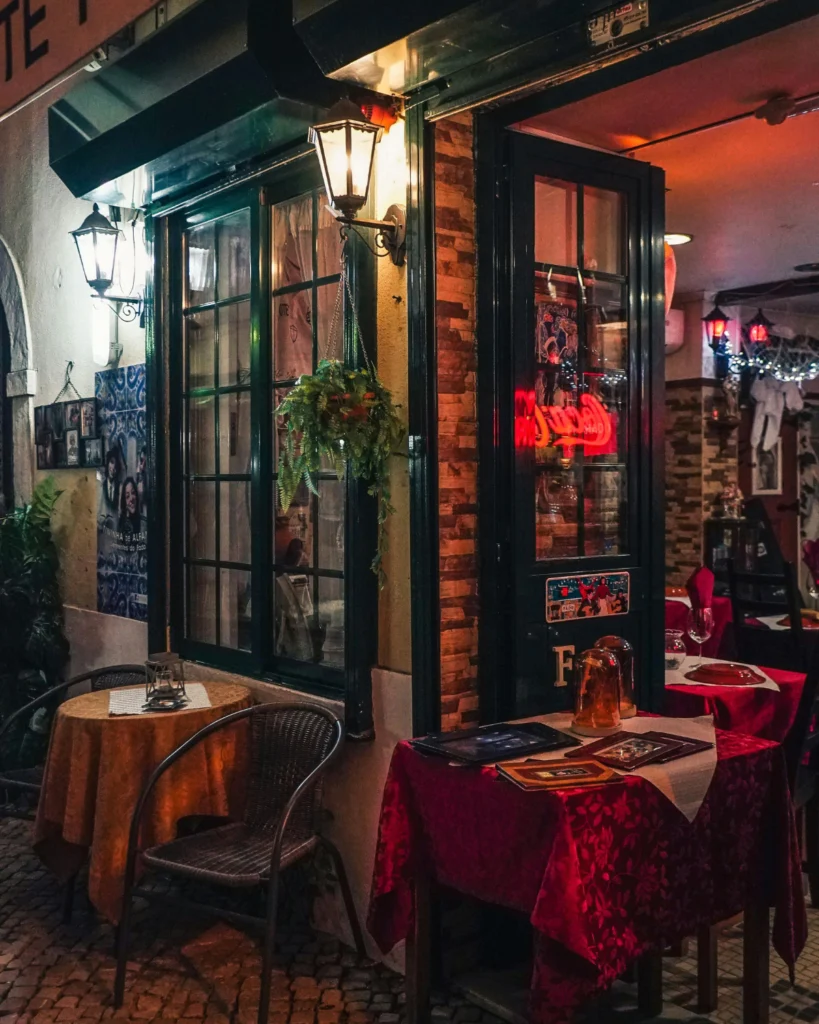
Journey Seven: After-Dark Archaeology
Investment of time: 6pm-3am | Financial commitment: Conscience | Critical timing: Eternal | Community impact: Catastrophic
Allow me to chronicle Bairro Alto’s demise:
Maria maintained a corner establishment for 47 years. Two-euro soup. Neighborhood credit. Generations of stories. Rent exploded from €500 to €3,500. She vanished. “Lisbon Roots” cocktail lounge occupies her space. The irony burns.
Nightlife statistics:
- Total establishments: 267
- Portuguese proprietorship: 73
- Average beverage 2019: €3
- Current: €8
- Annual noise violations: 2,847
- Displaced families: 400+
- Counterfeit drug vendors: 47 (selling herbs at cannabis prices)
Post-1am, metamorphosis occurs. Instagram brigades disperse. Something ancient surfaces—workers protecting workers, immigrants exchanging stories, aging musicians drinking from paper cups, artists excluded from galleries.
Pensão Amor maintains brothel architecture where women waited. Tourists photograph themselves there. The symbolism speaks volumes.
Honesty: Each purchase accelerates decay. Abstaining changes nothing. The district already perished. You’re financing its zombie performance.
The Moment of Decision in Lisbon Themed Tours
Eighteen months observing paradise cannibalize itself clarified everything: we’re collectively responsible. Each visitor pursuing “authenticity” while accelerating its erasure.
Inescapable mathematics:
- Housing deficit: 137,000 units
- Vacant properties: 700,000
- Typical income: €850 monthly
- Average tourist meal: €40
- Local community share: 23%
Yet tourism sustains a quarter of Portuguese employment. Cessation isn’t viable—consciousness is essential.
Ten Principles for Ethical Exploration
- Early transport exclusively. Afternoon crowds equal displacement.
- Portuguese-only menus for half your dining
- Businesses predating 2014 verified by establishment dates
- Twenty percent gratuity minimum—workers face impossible economics
- Local ownership lodging without exception
- Master neighborhood pronunciations in Portuguese
- November-February travel when residents reclaim territory
- Investment in overlooked districts
- Acknowledge photography’s human cost
- Improve everything encountered
Your Legacy in Lisbon Themed Tours
These seven journeys transcend tourism they’re opportunities to witness a city’s struggle for survival. Each euro shapes outcomes. Every photograph documents transformation. Neutrality doesn’t exist here.
Theo dreams Portuguese dreams now. He comprehends why neighbors weep when doorways become impassable. He understands protection as love’s highest expression.
Will you understand?
The invitation: Experience Lisbon as though your ancestors built these streets. Explore as though your descendants’ inheritance depends on today’s choices.
Because ultimately, it might.
Ready to confront tourism’s genuine cost? Share your perspective below—but only if prepared for uncomfortable truths. Should you encounter a British father conducting dawn tram census while neighbors smile appreciatively, you’ll recognize our attempt at belonging rather than consuming.
FAQs About Lisbon Themed Tours
What are Lisbon Themed Tours?
Essentially, Lisbon Themed Tours are local-led experiences. Moreover, they focus on culture, food, and hidden gems. As a result, you can explore the city beyond typical tourist paths. In fact, these tours often reveal spots that most visitors never see.
Are Lisbon Themed Tours worth it?
Absolutely. Not only do they highlight authentic experiences, but they also help you discover what most visitors miss. Consequently, your trip becomes more memorable. Additionally, they provide context and stories that make each site more meaningful.
How much do Lisbon Themed Tours cost in 2025?
Generally, prices start around €15. However, they can vary depending on the theme, duration, and included activities. Therefore, it’s best to check each tour before booking. Meanwhile, some tours offer discounts for families or early reservations, which can save you money.


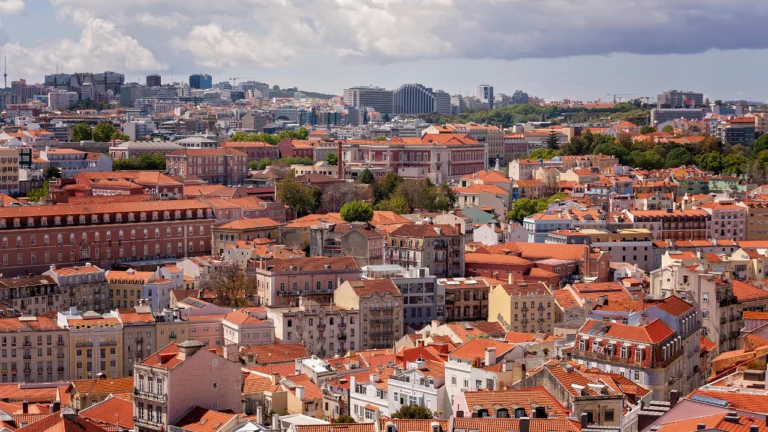

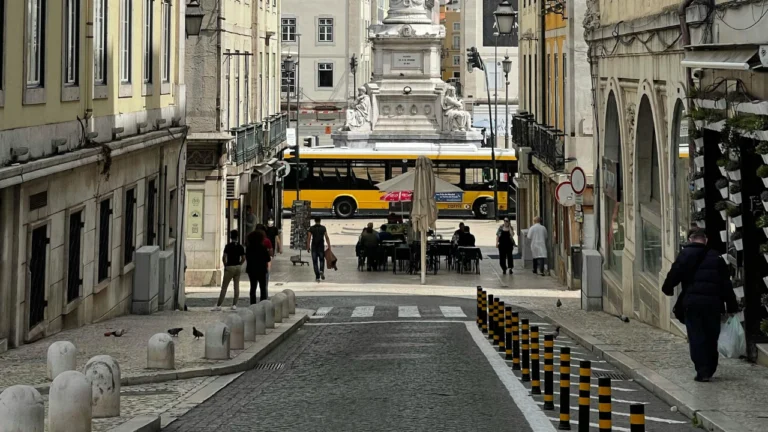
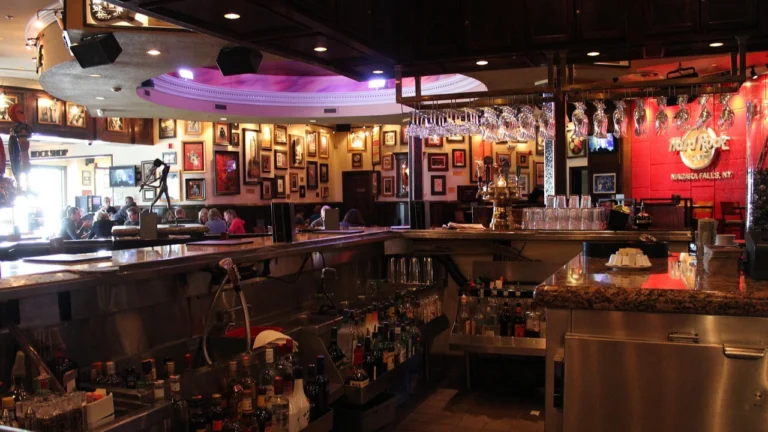
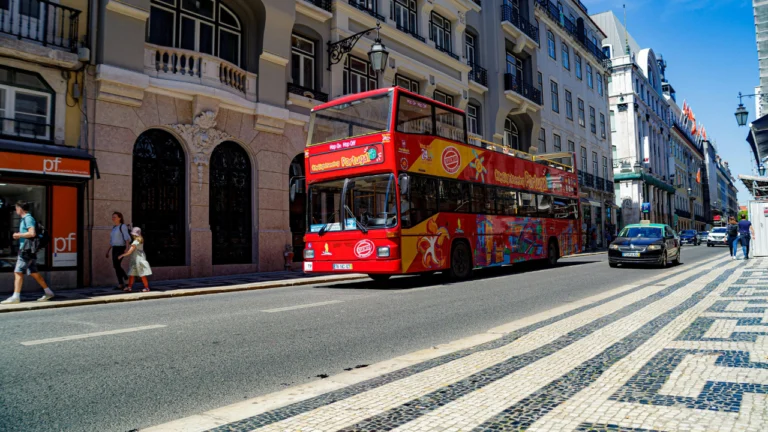
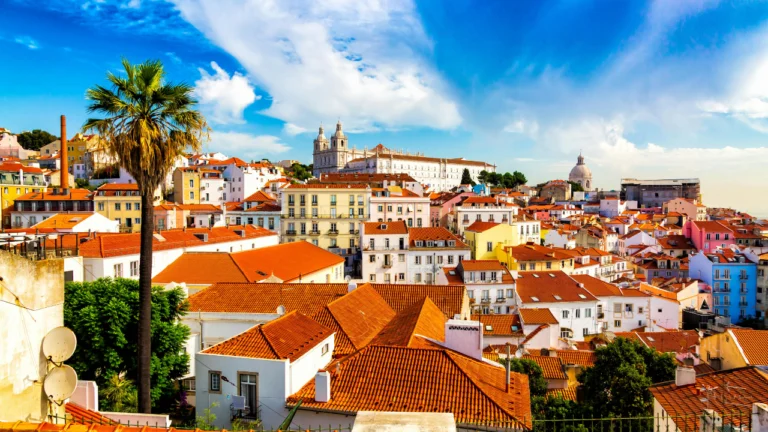
2 Comments